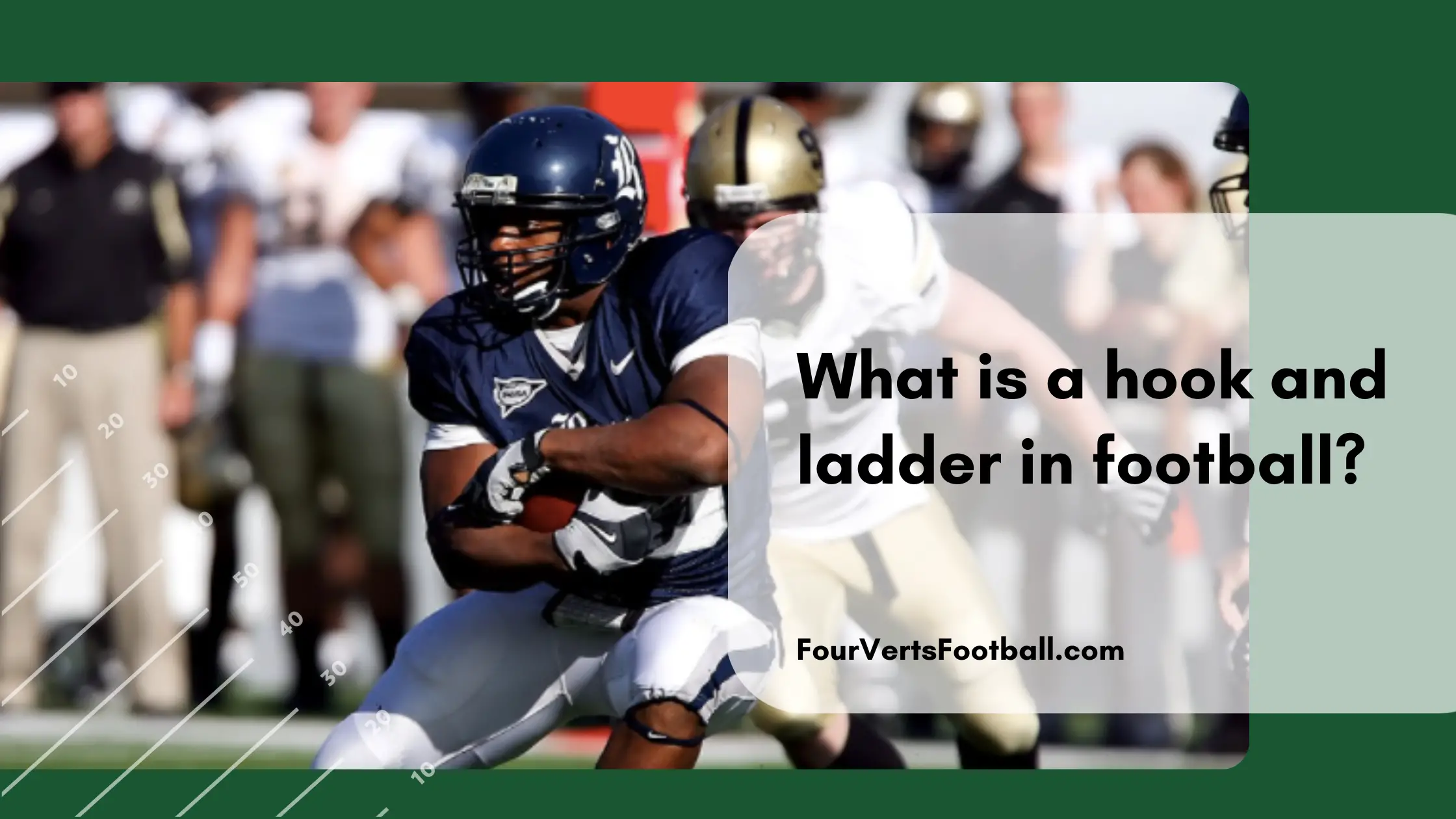The hook and ladder in football is a trick play that involves a wide receiver catching a pass only to stop and laterally pass it to another receiver running horizontally across the field.
The lateral pass used in this play is meant to catch the defense off guard. Ideally, this is going to cause the defensive backs to be flat-footed allowing the second ball carrier to get to the sideline and beat them downfield.
The hook and ladder is an incredibly risky play which is why it is primarily used when a team is in dire need of a touchdown.
The reason this play is so risky is due to the lateral pass involved. In order to complete this lateral pass the first receiver needs to catch the ball with enough time and space to get the lateral pass off.
The second ball carrier needs to run his route and arrive behind the first receiver immediately after he catches the ball. This receiver then needs to cleanly catch the lateral pass in stride in order to beat the defenders.
If the second ball carrier is not able to catch the ball then there is going to be a live football on the field. With only the two receivers in the area, it is likely the defense will come up with this loose ball.
This potential turnover is why this play is generally used in the final minutes of a game.
If you want to check out some other guides to trick plays see what a fumblerooski is or what the statue of liberty is.
What routes are used in this play?
The most common route used in a hook and ladder football play is a curl route also referred to as a hook route. This is not a hail mary the hook and ladder play involves the receiver running roughly ten yards downfield only to turn 180 degrees back to the quarterback.
This route is a fairly easy route to create separation from the defender as well as get the defenders moving vertically up the field to cover the receiver.
The second ball carrier can run a number of routes but must ultimately be moving towards the sideline on the same side of the field as the first receiver.
This horizontal movement across the field allows the second ball carrier to take advantage of the defenders moving vertically to cover the hook route.
Ideally, this will allow the second ball carrier to beat those defenders towards the endzone. Since the hook and ladder football play is primarily used in the last seconds of the game the goal is end zone or bust.
This change of direction gives the offense a much better chance to get past the defensive backs.
Is the hook and ladder play legal in football?
The hook and ladder play in football is legal in both the NCAA and the NFL. The reason that this play is legal is that the second pass in the hook and ladder is a backwards pass making it legal.
If a team were to throw two forward passes this would be considered illegal. But since the second pass is a lateral the play remains legal.
A team is able to complete as many lateral passes as they want on any given play. There is only a cap on the maximum number of forward passes that can be thrown each play.
That is all on the hook and ladder play in football to check out some of our other play guides see our article on the reverse play or the hidden ball trick.

